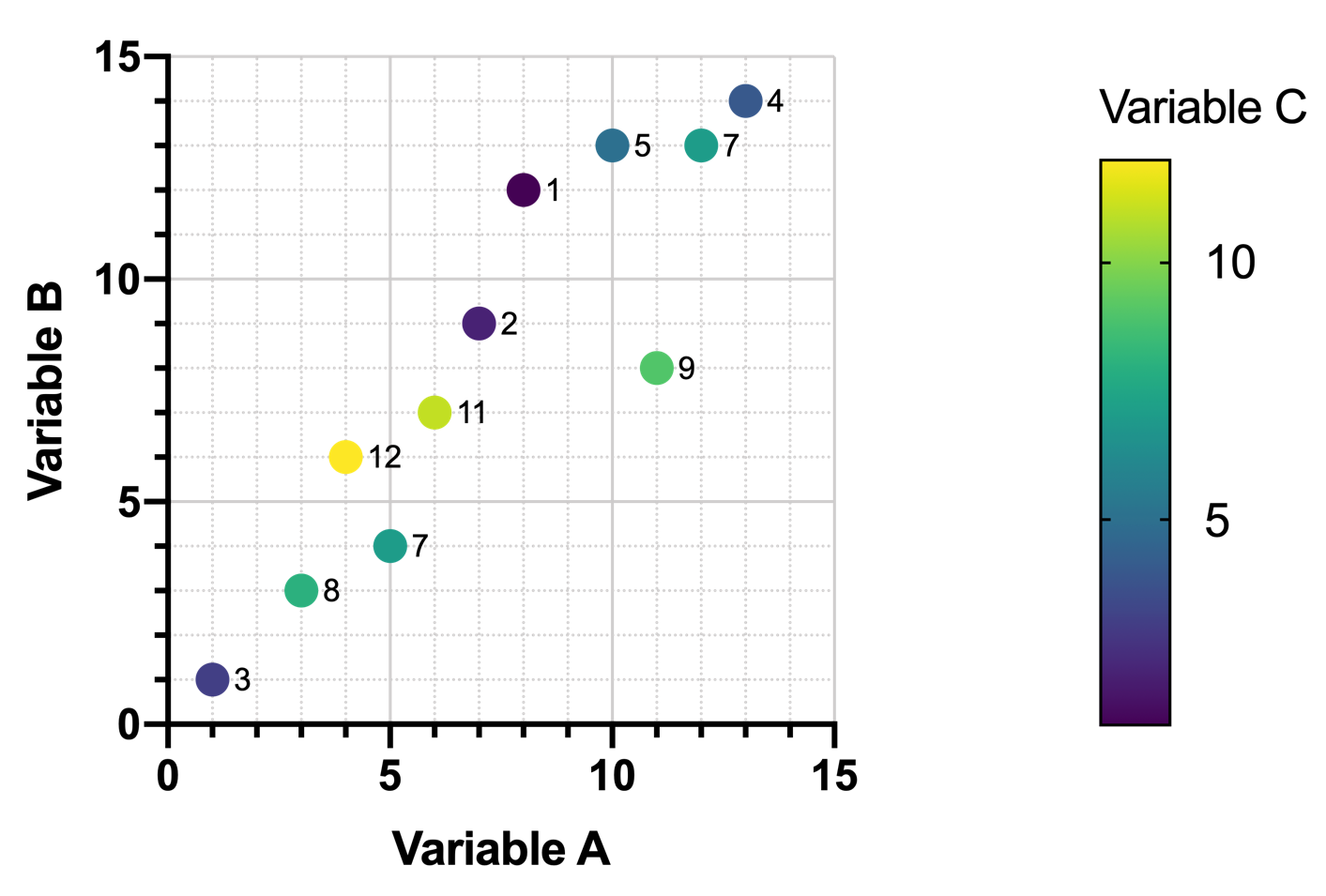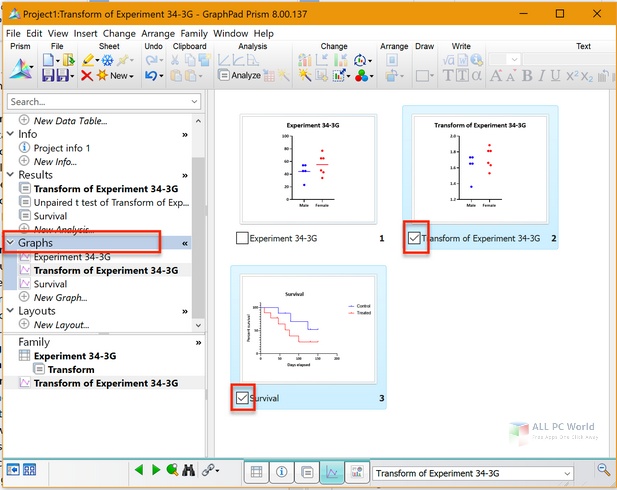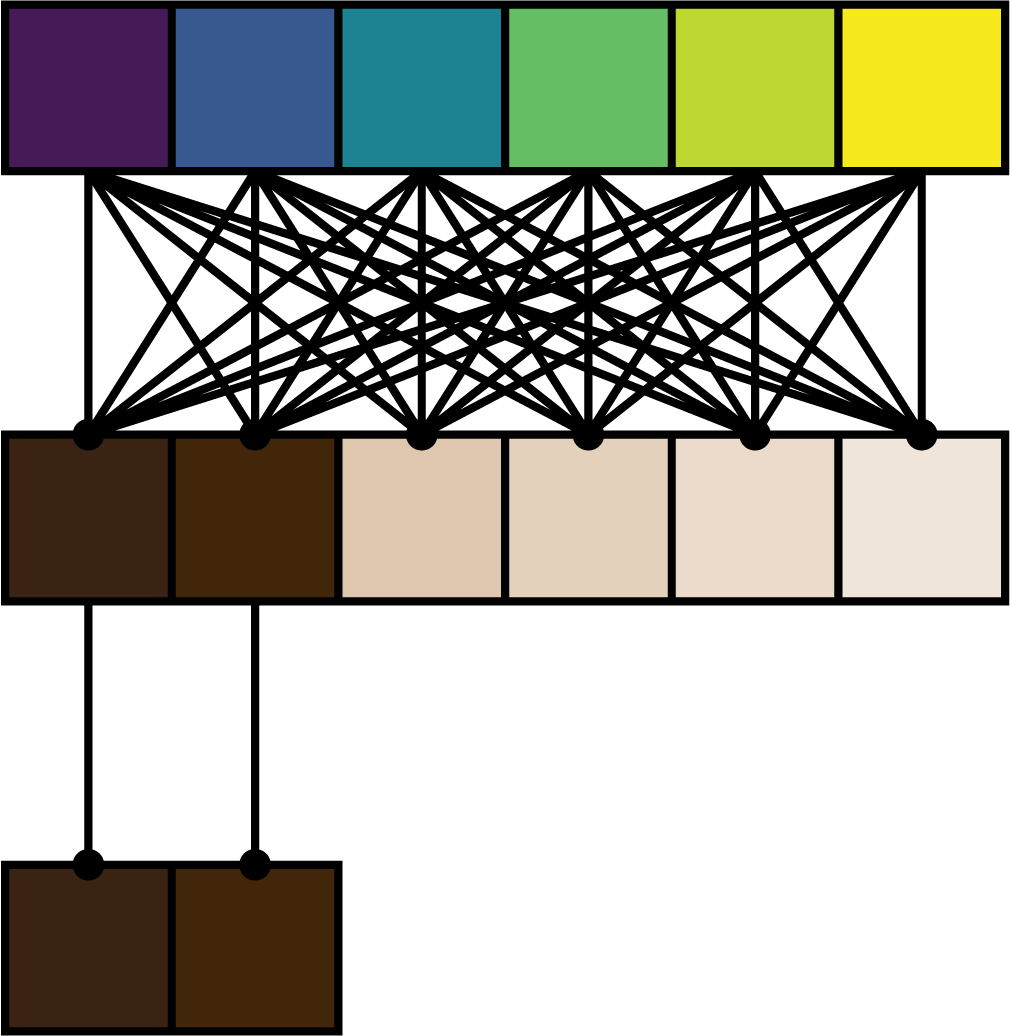
These CPS regimes using NF135 were relatively poorly tolerated and frequently required rescue treatment, thereby compromising immunization efficiency and protective efficacy. The resulting compromised immunizations induced modest sterile protection against homologous challenge in cohort A (5/17 29%). All cohort A participants and two participants in cohort B developed breakthrough blood-stage malaria infections during immunizations requiring rescue treatment. Eighteen of 30 (60%) high-dose participants and 3/10 (30%) low-dose participants experienced grade 3 adverse events 7 to 21 days following their first immunization. Relatively high liver-to-blood inocula were observed during immunization with NF135 in both cohorts.


The primary objective of the study was to evaluate the safety and tolerability of CPS immunizations with NF135. Cohort A participants were exposed to a homologous challenge 19 weeks after immunization. In a partially randomized, open-label study conducted at the Radboudumc, Nijmegen, the Netherlands, healthy, malaria-naïve adults were immunized by three rounds of fifteen or five NF135-infected mosquito bites under mefloquine prophylaxis (cohort A) or fifteen NF135-infected mosquito bites and presumptive treatment with artemether/lumefantrine (cohort B). Here, we evaluate this strain for use in CPS immunization regimes. Previous studies show that Plasmodium falciparum strain NF135 produces relatively high numbers of large liver-stage schizonts in vitro. The relative proficiency of liver-stage parasite development may be an important factor determining immunization efficacy.

Whole sporozoite immunization under chemoprophylaxis (CPS regime) induces long-lasting sterile homologous protection in the controlled human malaria infection model using Plasmodium falciparum strain NF54.


 0 kommentar(er)
0 kommentar(er)
